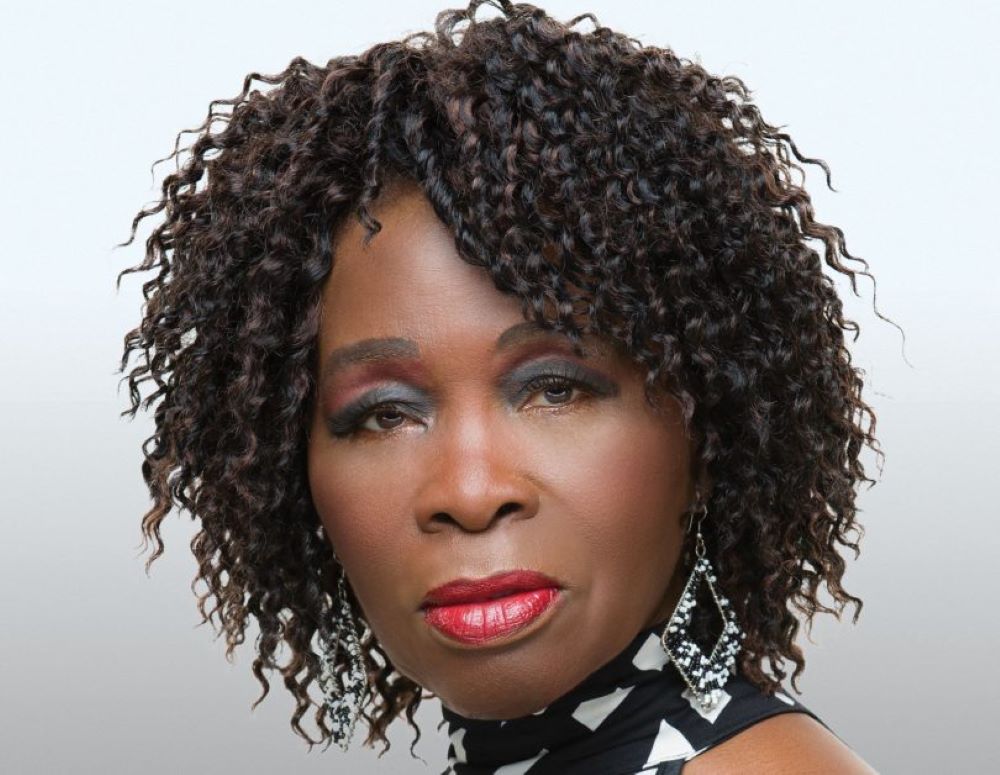There are several skin types; most people have combination skin. Skin types are usually categorized via hydration, secretions, and sensitivity, often determined by genetics, but affected by other factors.
Recognize yourself in these skin types and utilize the suggestions, to best fit your unique face!
Normal Skin
Oddly, the rarest skin type is “normal”. It’s neither too dry nor too oily, and has few imperfections, possessing a regular texture. Normal skin almost never reacts to stimuli. Its epidermis never loses its barrier’s function. It’s considered “well-balanced.” The scientific term for healthy skin is “eudermic”. There are few visible pores and circulation is healthy.
Cream Cleansers are great for normal skin, as they cleanse the skin, while hydrating. All skin types need hydration. You can use almost any moisturizer, with “normal” skin.
Dry Skin
Skin moisture results from water in the deeper skin layers. Trans-Epidermal Water Loss (TEWL) is the usual passive way in which skin disperses about half a litre of water a day, from these layers.
“Dry” describes skin with low sebum-production. As a result, dry skin lacks epidermal lipids such as ceramides, fatty acids, and cholesterol, necessary for retaining moisture and building a protective shield against external forces. A lack of natural moisturizing factors, such as amino acids and lactic acid, which help hold-in water, also contributes. This leads to impaired moisture barrier functioning. Dry skin (xerosis) exists in varying degrees of severity.
Skin constantly loses water, through perspiration (consistent water loss from the glands, triggered by heat, activity, and stress) as well.
Dry skin is also caused by external factors, like low humidity, hot baths, and weather. This is usually temporary. Dry skin can crack, leaving it more exposed to bacteria; it may cause other skin disorders, such as eczema, or be more prone to infections, if not treated properly. As people age, even “normal” skin can become dryer.
Creamy, non-foaming washes, which contain barrier-boosting ingredients like glycerin, hyaluronic acid, and ceramide, are best for dry skin. Your moisturizer should be chock full of ingredients your body naturally produces, like hyaluronic acids, proteins, peptides, and triple lipids. Hyaluronic acid retains water, so skin stays plump and moisturized. Cream-based ones are prime, morning and night. Nighttime serums or gels containing vitamin E, can provide continual moisture.
Oily Skin
The amount of sebum produced by the sebaceous glands in skin, controls the efficacy of the skin’s barrier function, and as a result, the skin’s condition.
“Oily” is used to describe a skin type with heightened sebum production. An overproduction is known as “seborrhea”, excessive fat production by sebaceous glands. Several issues trigger the over-production: Genetics, medications, stress, comedogenic products (makeup products that irritate), hormonal changes, andimbalances.
Oily skin has enlarged, visible pores, with a glossy, humid, and bright appearance. It’s usually determined by genetic and/or hormonal causes, appearing frequently in adolescents (puberty) and young people under 30 years old. Oily skin tends to have blemishes, the occurrence of comedones (blackheads and whiteheads), and varying forms of acne. Mostly, the T-zone will be affected.
You want to avoid formulas that strip the skin, like clay, sulfate, or charcoal-based cleansers. Gel-based face washes or gentle foaming cleansers are best. If you’re acne prone, choose a cleanser which also has acne-fighting ingredients like benzoyl peroxide or salicylic acid. Benzoyl peroxide kills acne-causing bacteria (use it for classic whiteheads), while salicylic acid dissolves oil and skin cells (best for clogged pores and inflamed bumps).
The best toner for oily and acne-prone skin, will contain either BHA (beta hydroxy acid, like salicylic acid) or AHA (alpha hydroxy acid, like glycolic acid or lactic acid). A clarifying serum with salicylic acid could also be used, to cleanse out congested pores. These are anti-inflammatory.
For moisturizing, use a water-based or gel-based “oil-control” moisturizer, containing Niacinamide. You will want to exfoliate regularly, with a mask, to remove dead skin cells and oil which clog your pores. One with clay will also soak up excess shine.
Sensitive Skin
With its protective function lost, irritated, fragile skin, accompanied by burning, stinging, tightness, redness, or itching, is prone to reactions; Microorganisms can enter, and the possibility of infections soars. Fighting roughness reigns supreme. Evaluating symptoms, and identifying triggers is key.
For eczema or rosacea, use gentle no-foam cleansers, and rinse with cool water. Calm with a calendula cream. Heal with botanical serums. Use alcohol-free products to hydrate. For combination skins, use a combination of solutions. You do not need a 10-step skincare routine! But everyone still needs sunscreen.
Cheryl Struzer | Contributor










